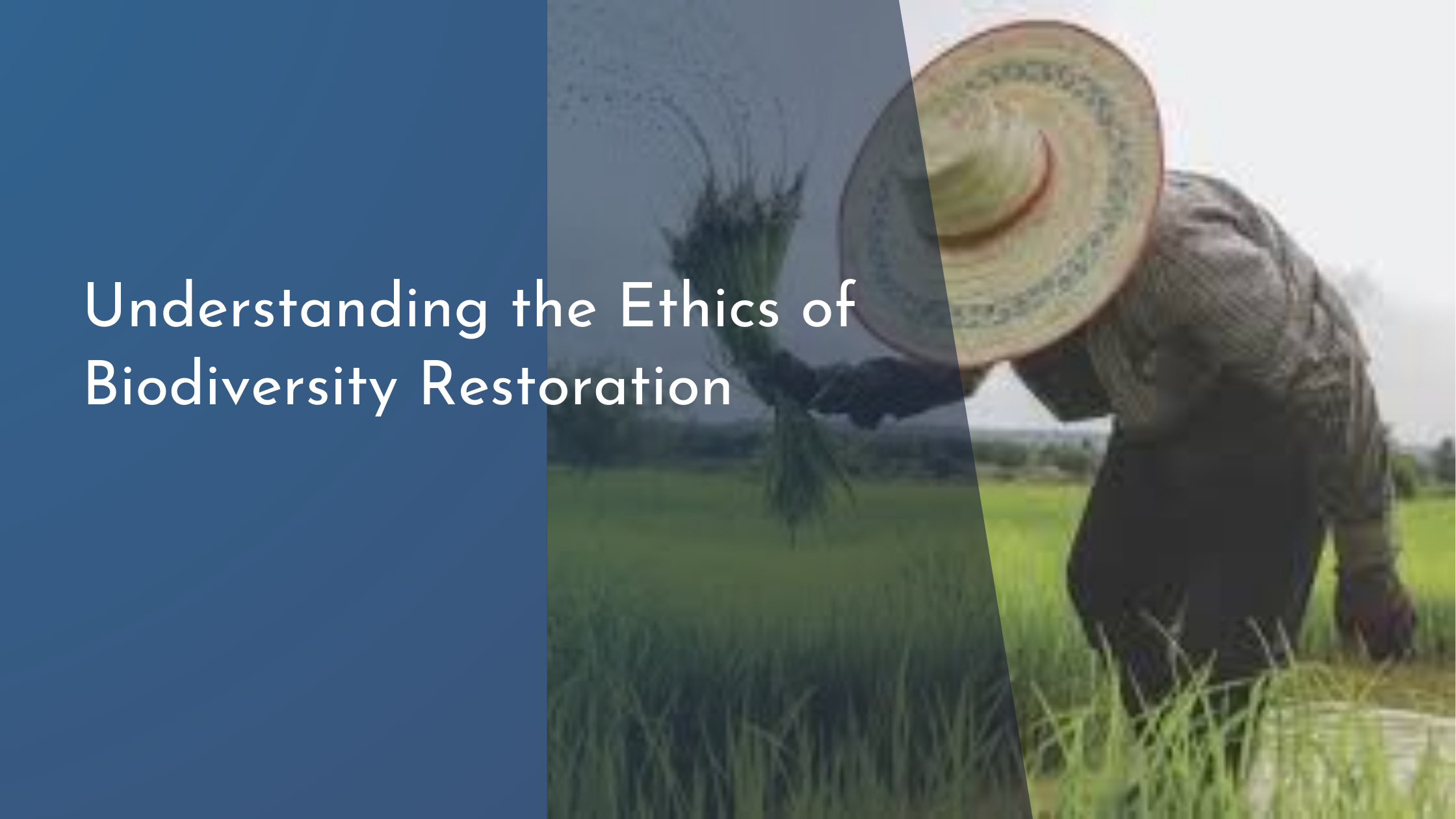Understanding the Ethics of Biodiversity Restoration
In recent years, the ecological community has increasingly emphasized the need for biodiversity restoration, not only to counteract the effects of human activity but also to rejuvenate ecosystems for future generations. As crucial as this mission is, it brings with it a host of ethical considerations that must be carefully navigated. Understanding these ethics is vital for ensuring that our restorative efforts are carried out responsibly and equitably. This article will explore the importance of these ethical considerations, outline key principles in restoration practices, and discuss the balance between human needs and ecological goals.
The Importance of Biodiversity Restoration Ethics
Biodiversity restoration is more than just a scientific endeavor—it is a moral responsibility. As stewards of the planet, humans have an ethical obligation to repair the damage caused by industrialization, deforestation, pollution, and other harmful practices. The ethics of biodiversity restoration ensure that our actions are aligned with values that promote sustainability and respect for all forms of life. By understanding and applying these ethical principles, we can foster not only a healthier environment but also a more equitable world where future generations inherit a thriving planet.
Moreover, ethical considerations in biodiversity restoration help guide decision-making processes. They ensure that restoration projects do not inadvertently cause additional harm or perpetuate existing injustices. For example, the displacement of indigenous communities in the name of conservation highlights the need for ethical vigilance. By integrating ethical frameworks into restoration efforts, stakeholders can better navigate complex socio-environmental landscapes, ensuring that actions taken are just and inclusive.
Key Ethical Principles in Restorative Practices
The first key ethical principle in biodiversity restoration is respect for all life forms. Every species, regardless of its perceived utility or threat to humans, has intrinsic value and a role within its ecosystem. Restoration efforts should prioritize the protection and recovery of all species, particularly those that are endangered or have been historically marginalized in conservation efforts. This principle underscores the importance of biodiversity as a whole, rather than an emphasis on singular charismatic species.
Another important principle is the precautionary approach, which emphasizes caution in the face of scientific uncertainty. When implementing restoration projects, it is crucial to consider potential adverse effects and prioritize minimal impact strategies. This principle not only safeguards ecosystems but also aligns with the ethical duty to prevent further harm. By carefully evaluating interventions before execution, practitioners can avoid unintended consequences that could worsen ecological conditions or disrupt community livelihoods.
Balancing Human Needs and Ecological Goals
Balancing human needs with ecological goals is a delicate task that requires careful consideration of both social and environmental factors. While the aim of biodiversity restoration is to rehabilitate ecosystems, it is equally important to address the needs of human communities that rely on these ecosystems for their livelihoods. Ethical restoration practices should seek to harmonize these priorities, ensuring that local communities can sustainably benefit from and contribute to conservation efforts.
Effective communication and collaboration between conservationists and communities are integral to achieving this balance. By involving local stakeholders in the planning and implementation of restoration projects, practitioners can tailor interventions to accommodate human needs while pursuing ecological objectives. This inclusive approach not only fosters goodwill and cooperation but also enhances the long-term success of restoration initiatives by embedding them within the social fabric.
Challenges and Opportunities in Ethical Restoration
One of the major challenges in ethical restoration is the complexity and scale of ecological degradation. Large-scale interventions require significant resources, coordination, and expertise, all of which must be balanced with ethical considerations. Additionally, there is often a tension between short-term socioeconomic benefits and long-term ecological goals, complicating decision-making processes. However, these challenges also present opportunities to innovate and develop more holistic restoration strategies that integrate ethical considerations from the outset.
On the opportunity side, advances in technology and science offer new tools and methods for ethical restoration. For example, ecological monitoring technologies can provide valuable data to tailor interventions more precisely, while community-based conservation models empower local populations to take an active role in restoration efforts. By leveraging these advancements and fostering cross-disciplinary collaboration, we can create more resilient ecosystems and equitable societies that benefit all living organisms.
Ethical considerations in biodiversity restoration are not simply a checklist to be followed—they are the foundation upon which effective and equitable restoration efforts are built. By understanding and applying these principles, we can ensure that our actions are not only scientifically sound but also morally and socially responsible. As we continue to confront the challenges and seize the opportunities of ecological restoration, let us remember the ethical imperative to preserve the wondrous diversity of life on our planet. By doing so, we can leave a legacy of sustainability and stewardship for generations to come.


